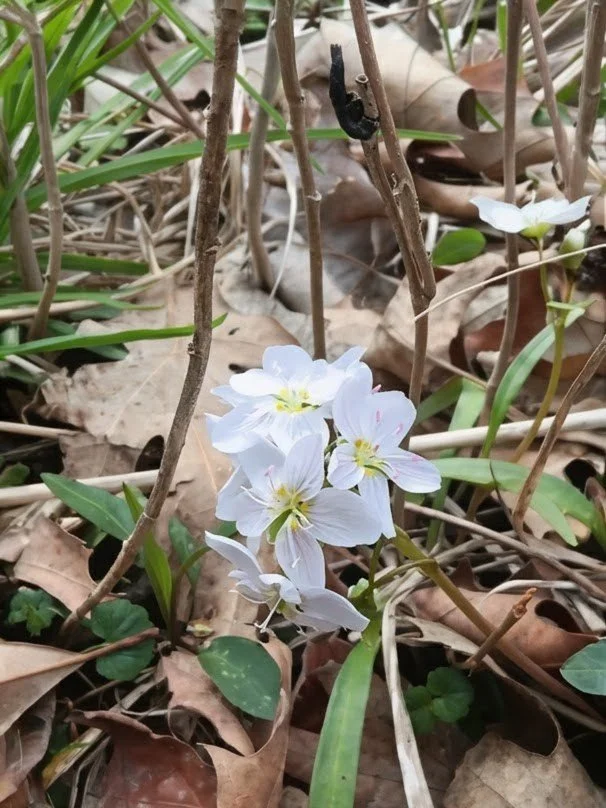Bloom: mid- to late spring
Habitats: city parks; lawns (particularly near trees); moist to dry deciduous woodlands; old cemeteries; savannas; thinly wooded bluffs
Lifespan: perennial
Moisture: moist to slightly dry
Plant type (height): forb (3 to 6 inches)
Requirements: dappled sunlight during the spring
Soil: rich loamy soil with abundant organic matter
